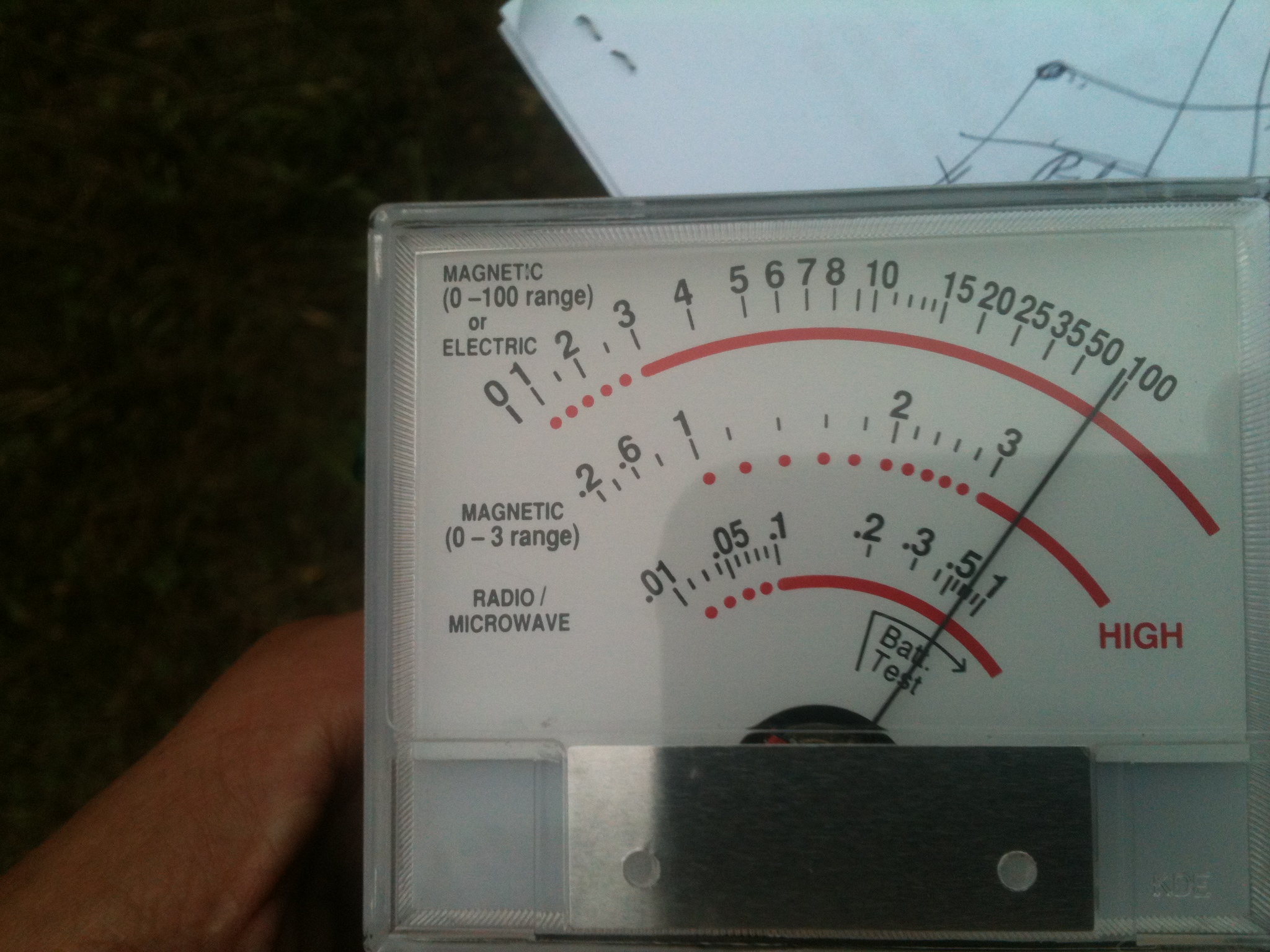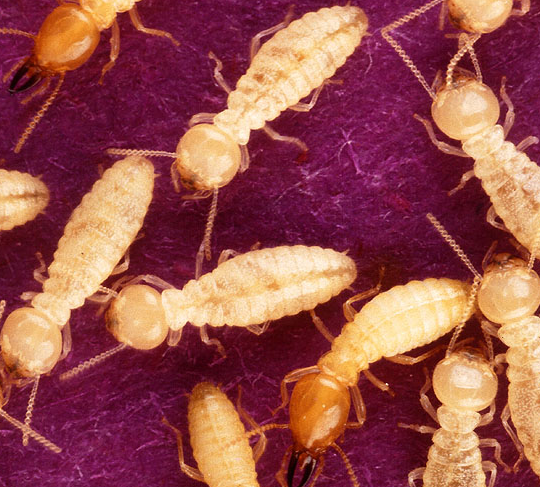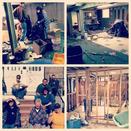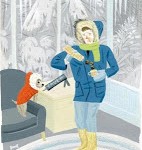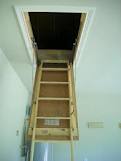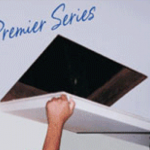When buying or selling a home, there are at least three dominating factors that come into play when considering the training and experience of your home inspector. Ask him or her about each before choosing the one who will evaluate what will likely be the biggest investment of your life, your home.
A. Architectural or engineering degree.
If a person takes a course and passes a test or two, he or she can become licensed and certified as a home inspector in just A FEW WEEKS. Obviously, having a four to five year degree in architecture or engineering would add a lot more knowledge and experience. I have an architectural degree from Cooper Union in NYC.
B. Thorough home inspection training.
There are home inspectors who are licensed architects or engineers who do NOT have any specific training AT ALL in how to inspect electrical systems, plumbing, and HVAC components. I was trained with certification courses by professional organizations such as InterNACHI and the Building Performance Institute (BPI) as a Building Analyst (BA) and as an Envelope Professional (EP). The standards of BPI are very high and relate to aspects of HVAC systems and energy saving techniques.
Even though a person may have specific training and a related degree, practical hands-on experience in construction contracting and various building trades adds a whole new level of valuable experience that is invaluable during home inspections. Another “C” point to consider is certification. As a home inspector, I am certified with the foremost home inspection certification organization in the US, InterNACHI. Click this link to verify my present standing as a member.
I’ve written these three points down because I’ve noticed how some clients will negotiate down to the dollar for inspection fees while at the same time not comparing apples to apples when comparing home inspectors. The following is a list of some basic subjects covered in a standard home inspection licensing course:
100 Classroom Hours plus field experience
Basic Home Inspection Licensing Subjects
Module 1: (Structure, Exterior, Roof)
Module 2: (Interior, Insulation, Ventilation)
Module 3: (Heating, Cooling, Plumbing Systems
Module 4: (NYS Licensing Law/Report Writing)
Module 5: (40 HOURS of Field Inspections)
In addition to these classes and training, I have a five-year degree from Cooper Union in architecture and years of hands-on construction experience in a number of trades. This is why I can sincerely claim that my services provide the best value for the home-inspection dollar.
Call today for immediate service at 631 377 2046!
Tags: Home inspection qualifications, what experience should a home inspector have? Choosing a home inspector, best home inspector, how to choose a home inspector
